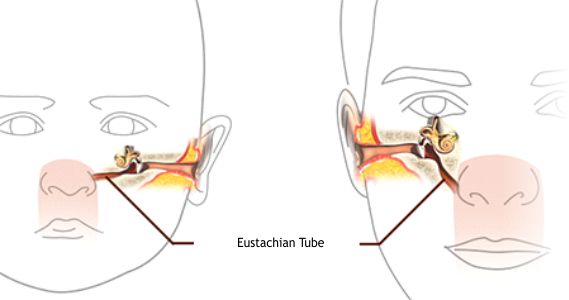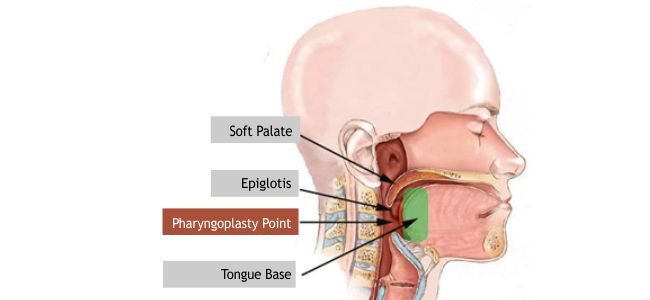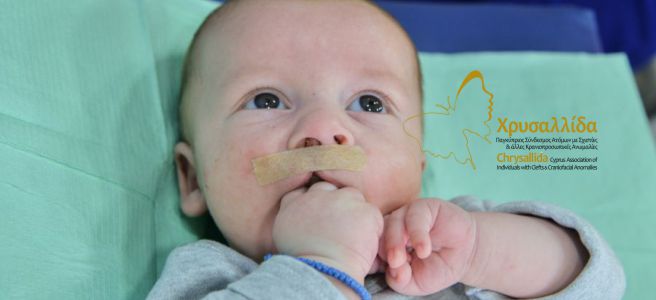Main problems that children with clefts face
Feeding problems
Feeding is the most basic problem of babies that are born with cleft lip or palate that must be given immediate attention. Feeding of the newborn, apart from the essential nutrients provided, is also an enjoyable experience both for the baby and the mother. It even helps the continued relationship bond between mother and child.
That’s why parents need to know that most babies with clefts are able to be fed by breastfeeding or from special bottles although initially this might present difficulties.
The reason is the abnormal separation between the nose and mouth that doesn’t provide the negative pressure which is necessary for the baby to absorb the milk. As a result the baby gives greater effort in order to get the amount of milk that it needs. In addition, by trying to feed, they swallow air, resulting in excessive belching or vomiting. If this is the case, they may not gain weight at a satisfactory pace. The initial difficulties in feeding usually are overcome, because both the mother and the baby adapt quickly to the existing situation. The collaboration with the orthodontist and the use of a special orthodontic device part of the Presurgical Orthopedics (NAM), which helps in rearranging of the segments of the upper jaw, lips and nose cartilage, prepares the newborn for surgery but also helps in feeding.
It works like an obturation between the oral cavity and the nose, so that the baby is breastfed far more easily.
You can be supplied with special bottles by our TEAM and you can also ask the breastfeeding specialist of CHRYSALLIDA for consultation. Contact us at + 357 25735050 or send us an e-mail at [email protected]
Ear problems
Behind the eardrum is the middle ear cavity. The middle ear is communicating with the pharynx with a ‘ tube ‘ called the eustachian tube which ensures free access of air.
In children with cleft palate the eustachian tube is usually closed, resulting in accumulating fluid in the middle ear. This fluid can be contaminated and cause acute otitis media which, if not treated effectively, can lead to rupture of the drum. Also, if the fluid stays for a long time becomes sticky and hampers the transfer of sound, resulting in the damage of the hearing. Therefore the constant monitoring of the ears is necessary both by the Pediatrician and the Otolaryngologist.
In general, if the existence of fluid does not go away after a few days of treatment with antihistamines or if the child suffers more than three ear infections a year, then it is necessary for vent tubes to be placed in ear drums which allow the free entry of air into the middle ear and prevent effusion. This surgery is very simple and it is usually combined with some other surgery, such as the correction of the lip or palate. The repeated and continuous administration of antibiotics is not an alternative solution, but it can also have a deleterious effect on the teeth, particularly in permanent first molars, which can become weak and discoloured.
Speech problems
The development of speech requires the integrity of anatomical elements of the mouth and the throat. It is therefore obvious that the speech of a child with cleft palate which has not been treated appropriately, is impossible to be normal. In most cases, surgical correction of cleft creates the necessary conditions for the proper development of the speech.
In a small percentage however, even after the correction of the palate, some speech problems are possible to remain, which are treated initially with speech therapy and if necessary with another minor surgery called a pharyngoplasty. With the detailed correction of the muscles of the palate and generally using subtle and non-traumatic techniques, the cases that need pharyngoplasty are minimized.
Dental problems
Children with cleft lip or palate usually present some anomalies regarding the arrangement of the teeth. These problems are corrected very effectively with orthodontics, assuming that the Orthodontist is qualified and has experience with clefts. It is very important to maintain the deciduous teeth in good condition with frequent visits to the pediatric dentist for screening and fluoride treatments every six months.
This applies not only for children with clefts, but also for the general population.
“Presurgical orthopedics” (NAM) begin from the first week of the child’s life.
The orthodontist with a special device will prepare the infant for surgery of lip and nose to be held around the fourth month of its life. Orthodontics will continue in several phases and will end when all the teeth come into the right position achieving healthy teeth and beautiful smile.
If you need any information about the treatment of clefts and other facial deformities, please contact + 357 25735050 or send us an e-mail at [email protected].
We will be next to you throughout the treatment procedure…







